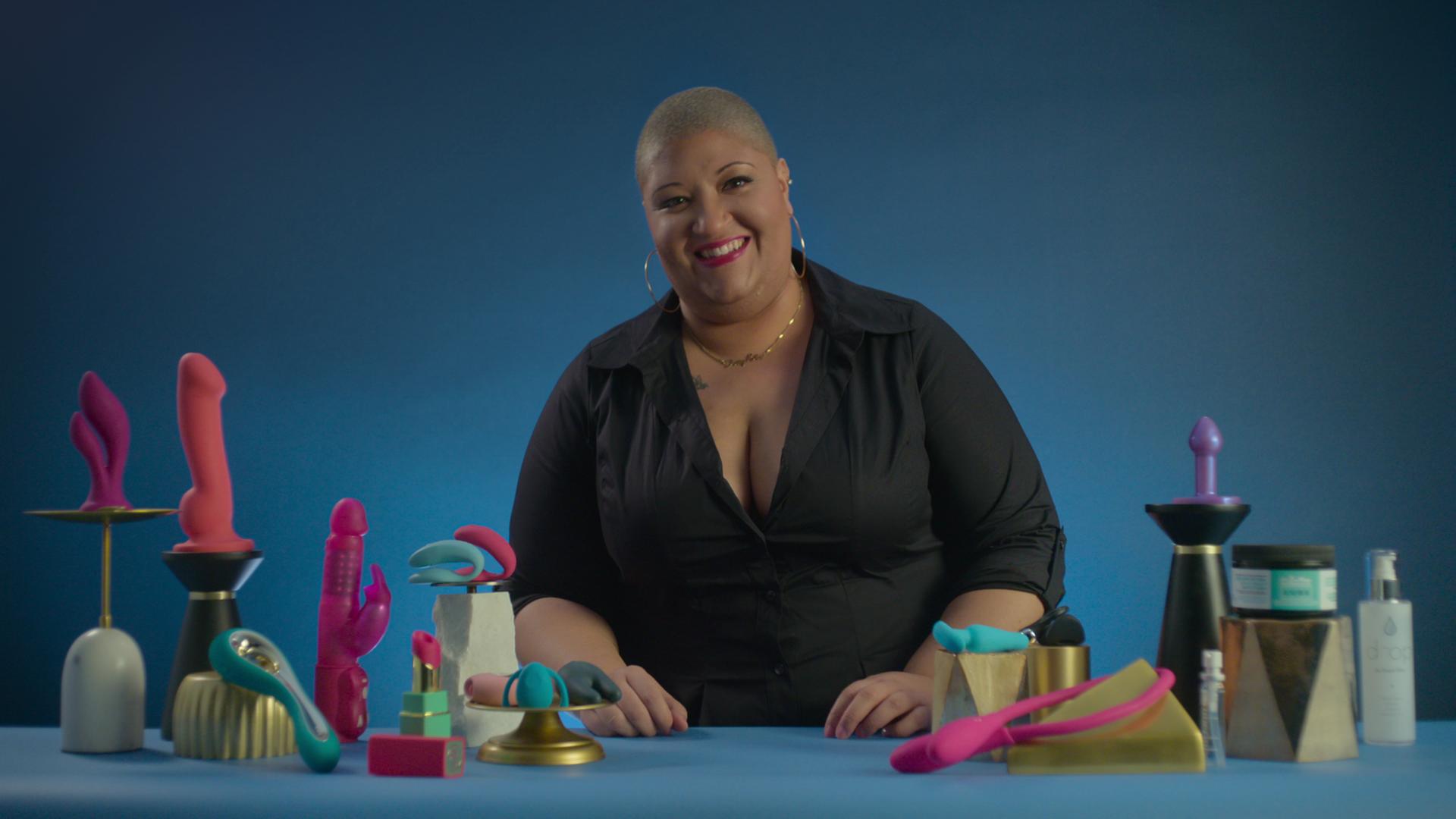Female Pleasure- Normalizing the conversation
Owning your sexuality and your sexual drive is one of the most empowering things anyone can do. Sex should never be a taboo topic, and being proud of your sexuality is downright beautiful and more than welcome
Who’s ready to learn about the orgasm gap? We certainly are, Studies have found that cis-heterosexual women are the demographic having the least orgasms during sex. This is what Laurie Mintz, a University of Florida professor, termed the ‘orgasm gap’. The orgasm gap describes the disparity in orgasms between couples. Also known as orgasm inequality
Really, does an orgasm gap actually exist?
Yes! Studies have shown that the orgasm gap doesn’t just exists between heterosexual women and men; lesbian and bisexual women and people with vaginas also have significantly more orgasms than heterosexual women.
But why does the orgasm gap exist?
Well, there are many reasons! A major one has been the cultural ignorance of the anatomy of people with vaginas. Many people with vaginas don’t often orgasm by vaginal penetration, but experience clitoral orgasms!
Netflix’s latest sex education series The Principles of Pleasure is here to teach us. The three-episode offering from the streaming services is expected to highlight sex, pleasure and relationships. Explored in The Principles of Pleasure is a frank account of the struggles many face while promoting an inclusive perspective, it includes Trans voices and people from outside of the gender binary. Lack of quality sex education for youth lead many youths and teenagers online to acquire the knowledge, with platforms such as TikTok the choice for many. Naturally, Netflix has decided to fill the gap many educational curriculums seem to be neglecting. In Kenya the advocates of sexual education in school have faced insurmountable challenges, ranging from legal to religious, in their pursuit to establish responsible sexual knowledge among the youths. Perhaps painting a picture of society viewing sex education as a taboo not worth public discussion.
What is discussed in The Principles of Pleasure?
Taking a conversational tone, the design of the series allows guests to open up about their experiences, with input from experts peppered throughout. The three episodes comprise of Our Bodies, Our Minds and Our Relationships, the first discussing sex education, taboos surrounding sex and the history of intimacy. Our Minds looks at how our headspace plays into our sexuality and responses, and the third episode looks at how we bring out partners into our world of pleasure.
One particular highlight of the show is its slant towards focusing on female pleasure. While female intimacy is often left insufficiently explored in such shows, The Principles of Pleasure includes a discussion on issues regarding female orgasms, sex toys and the anatomy of the female genitalia. It also highlights misogyny and shame surrounding the topic, needed to break unnecessary stereotypes.
How can we close the orgasm gap?
- Knowing about it certainly helps! Women in heterosexual relationships should not have to fake orgasms or be afraid to address the inequality that exists in the bedroom.
- In partnered relationships, it is important for partners to understand that taking their time to explore their partner’s bodies and wants and needs can also significantly help closing the orgasm gap.
- Check-in with your partner after sex. Ask how it felt, what they liked, what they want to try next time. Don’t just talk about sex during sex—make it a regular part of your conversations. By normalizing sexual talk in this way, it will become easier for both of you to say (and get) what you want out of sex.



